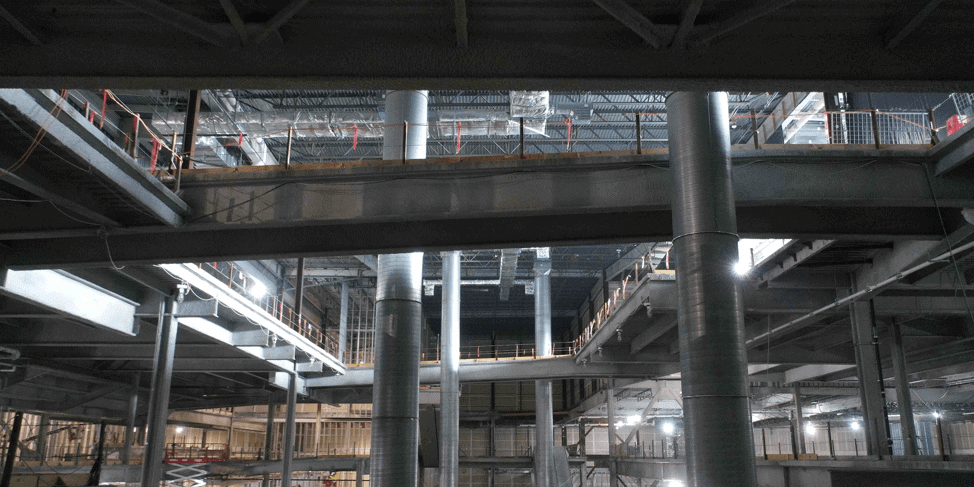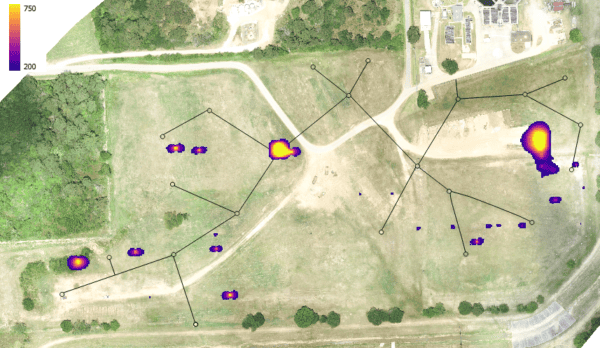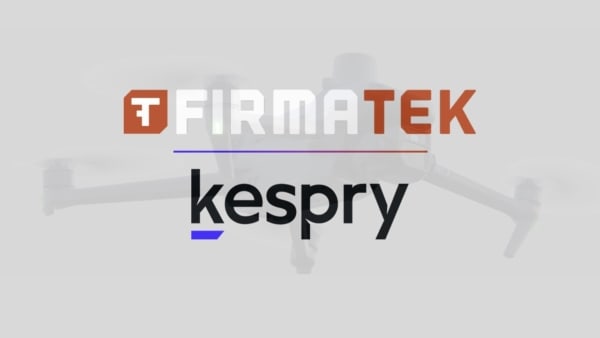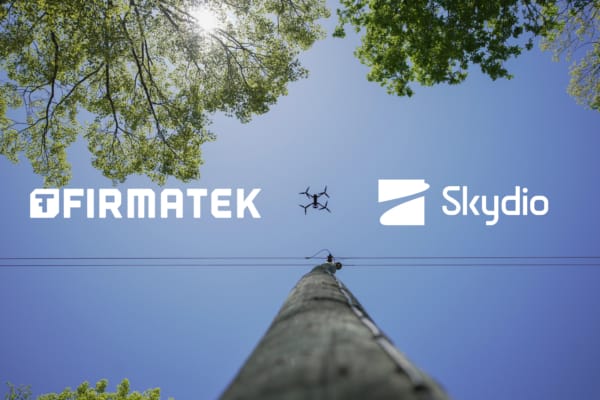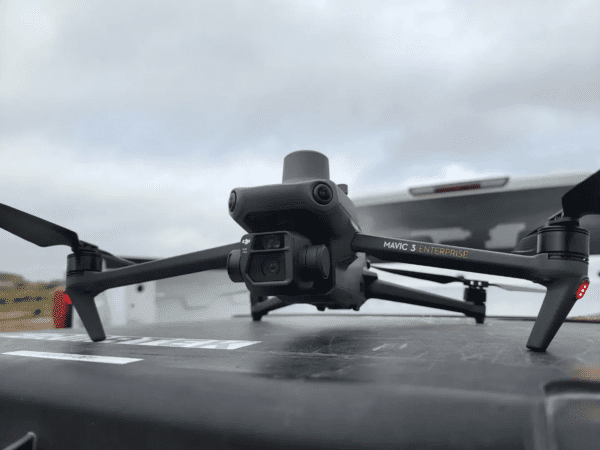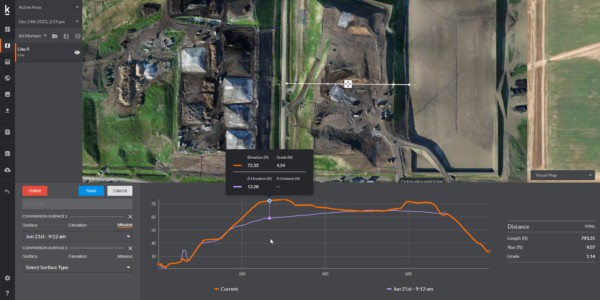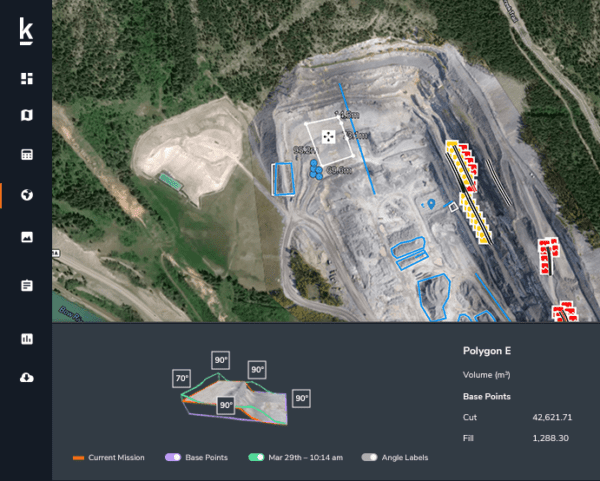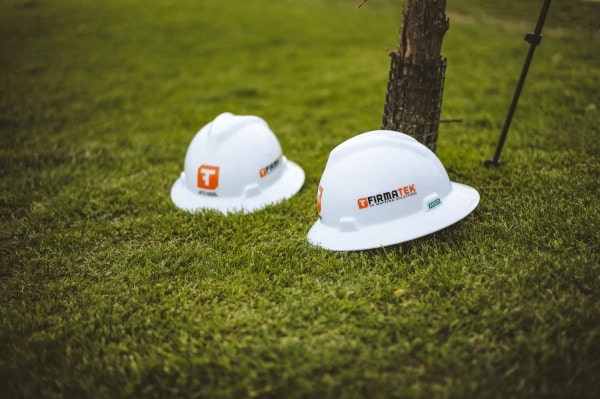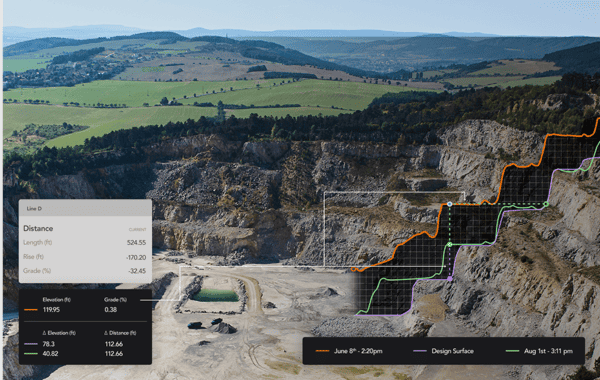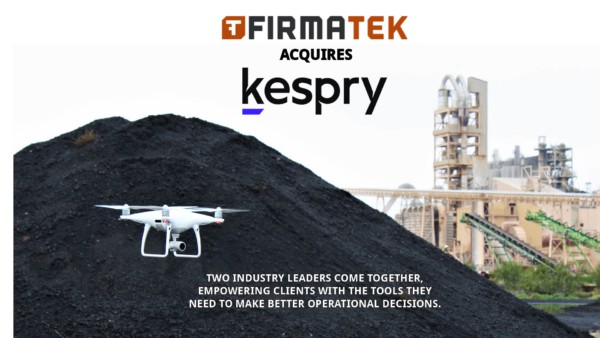By Andrew Maximow, Chief Drone Officer
The vast majority of use cases and projects at Firmatek involve using drones outdoors for 3Dmapping, inspection, and even marketing purposes. Occasionally, the requirement calls for an indoor application, mostly for inspections in very inaccessible areas that are typically dangerous or very costly. In the past, we’ve discussed using drones in a tunnel collapse emergency or underground mining operation. We were recently asked to inspect a large indoor construction site with a roof height of approximately 100 feet. The project will eventually be one of the largest indoor mall family entertainment complexes in the world with over a dozen large screen theaters, an indoor ski slope, roller coaster, water park and over 500 retail stores. The site has experienced a bumpy journey with construction that started over 20 years ago. This poses a challenge for the new owners and building contractors in knowing whether the proper insulation, caulking, sealer, and fire retardant was used at 30, 50, and even as high as 100 feet. Many of the locations that need to be inspected are simply not accessible by lift or other means. The only way to do this is with a drone.
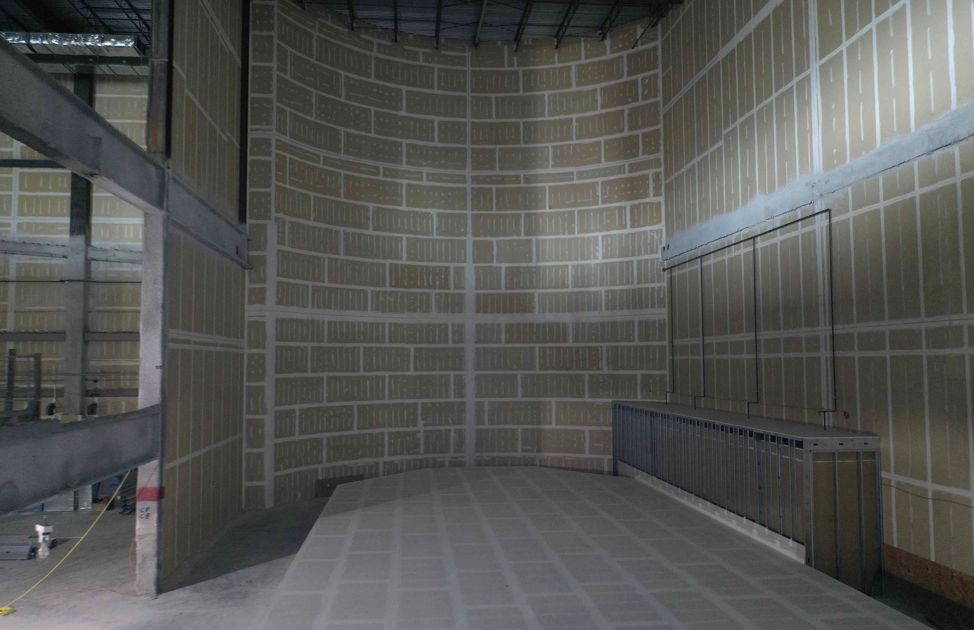
In this article I will discuss 3 significant challenges to deploying drones indoors based on our experience on several projects involving different drones.
Navigation
The first is fairly obvious —most indoor spaces are GPS-denied environments which means navigation relies on other sensors for stable flight and a little bit of manual flying to compensate for drift. This means the operator’s attention is taken away from collecting the data to focus on crash prevention.
Drone technology continues to make incredible progress, especially in the area of sense and avoid. For example, the latest DJI Mavic 2 Pro has a plethora of sensors pointing in every direction possible enabling advanced flight modes. One of the modes known as Tripod mode allows for a very controlled cinematic-like operation of the drone. The catch is understanding exactly how it works and the caveats and gotchas of operating indoors. For example, max altitude is limited to 15 feet (without GPS), which severely limits the operation in a tall indoor structure. Gotcha! I won’t go into every detail and optimal settings for stable flight. Those are well documented by expert users online (Thank you! Very helpful info, BTW). My point is, when flying indoors one needs to understand all of the sensors available on the model drone being used and the correct combination of features, sequence of operation, and contingency procedures to successfully operate indoors.
Visibility
Visibility and lighting conditions always provide challenges for still photos and videos in outdoor and indoor environments alike. Large indoor spaces are particularly affected with the specific challenge of adequate lighting that is concentrated on an area of interest. In a recent project, we tested one of the best lighting accessories available for the DJI Mavic2 Pro, the Lume Cube. This product is versatile with multiple light settings and comes with an app that controls the lights remotely via Bluetooth. The lights can be easily positioned with respect to the camera in a horizontal or downward orientation. However, if the camera is tilted slightly upwards for an inspection of an area up above the drone, the lights are blocked by the front propeller arms of the drone. This is a significant disadvantage for inspecting ceiling/wall lines, as we discovered.
Another significant limitation to any system is airborne dust. Typically, indoor buildings under construction are dirty and dusty, especially after sheetrock has been installed. When the drone starts up and takes off it kicks up a lot of dust that obstructs visibility and degrades the quality of any photographic data.
Video data is even more challenging in dusty conditions as the camera tends to focus on the dust particles rather than the object being filmed.

Above: An example of a well-illuminated, horizontal angle of a wall.
Safety
Although, drones are safer than humans climbing up precarious ladders, scaffolding, and lifts, safety is always a concern on construction sites. There is the risk of losing control of the drone when GPS may be suddenly acquired, or magnetic/compass interference of loss of communication. Similar to outdoors, the drones should be kept away from people. One consideration is propeller guards. They tend to be heavy and limit flight time.
As we often do, we concluded one size doesn’t fit all. Our commitment to our clients is to serve as trusted advisors. To deliver quality actionable insights, we select the drone platform most suitable for every environment and client requirements. This requires us to approach each project with research and evaluation.
In a future post, we will describe the drone solution in detail and why we chose it for this project.
Read more blogs by Andrew:
Increase Business Intelligence with Rapid Photo Processing
Firmatek’s CDO Addresses Security Concerns with Chinese Drones
3 Considerations for Quality Data Collection in Drone Mapping
Blog Series: What’s Your Why, Andrew Maximow

